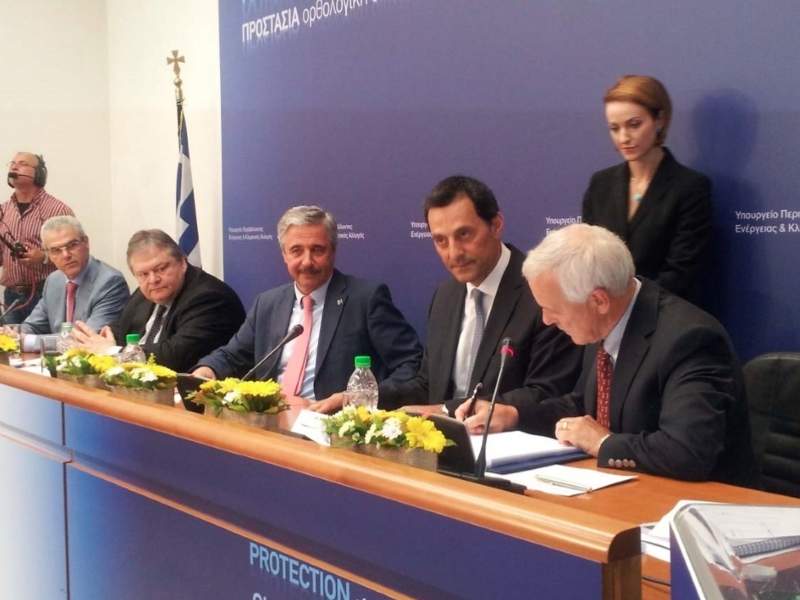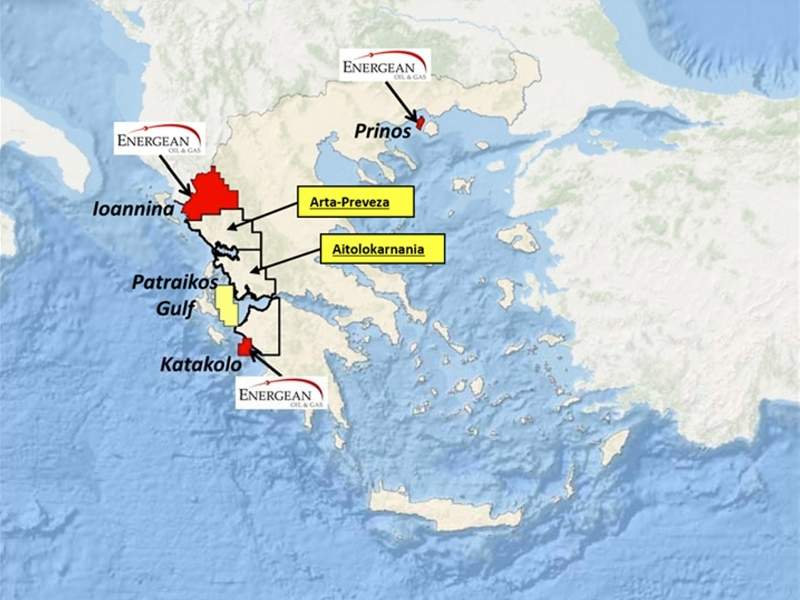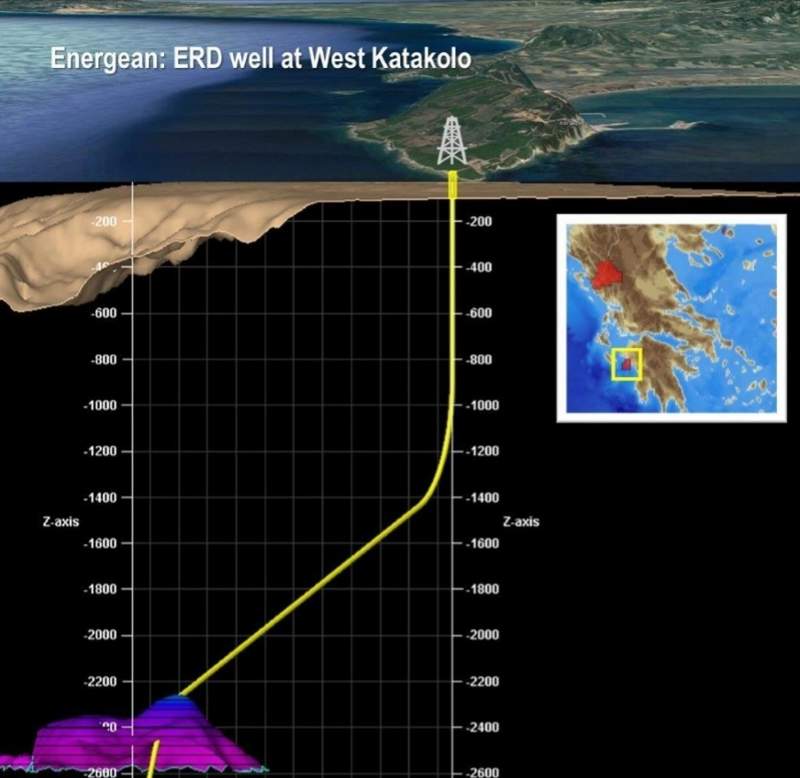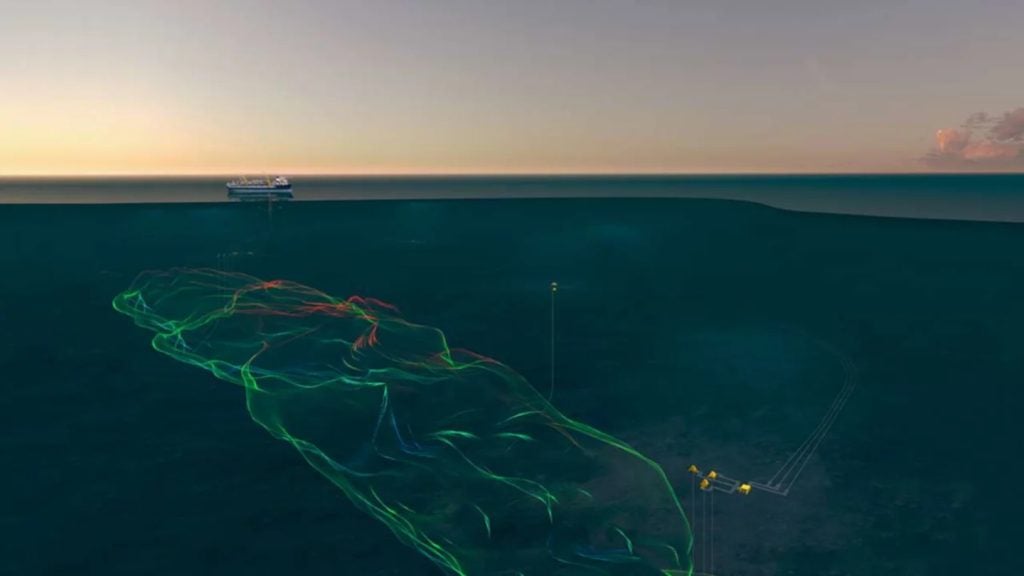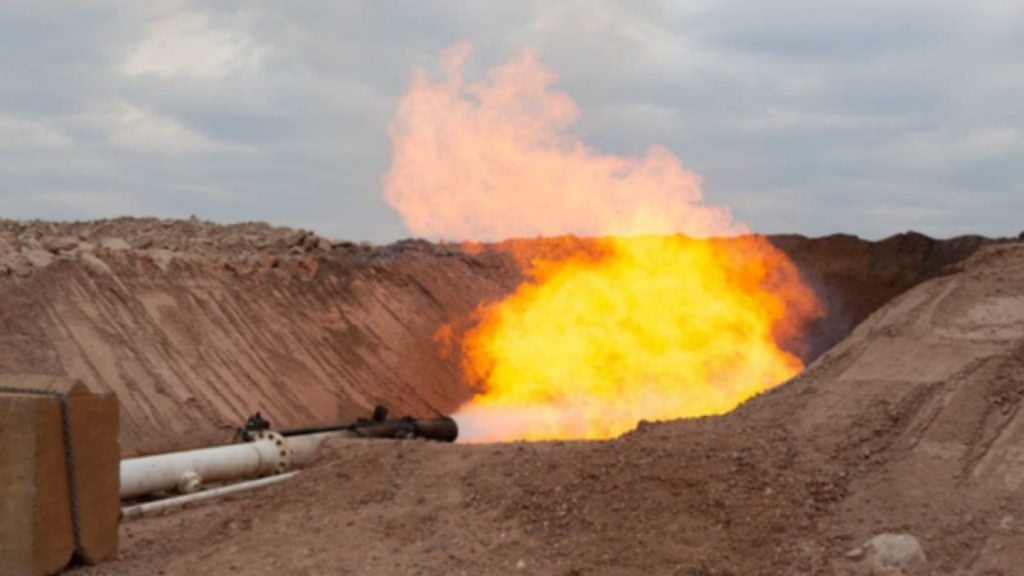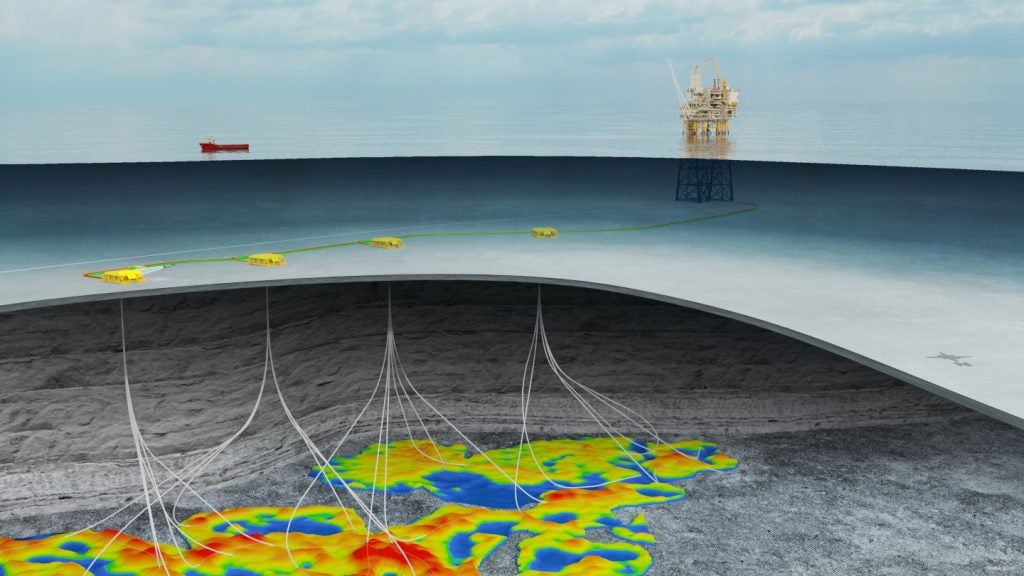
West Katakolon oil and gas field straddles onshore acreage on the coast of Peloponnese, and shallow and deep water blocks in the Ionian Sea off the shore of Greece. The offshore part of the field lies at depths between 200m and 300m.
Energean Oil & Gas currently operates the field and holds 60% interest, while Trajan Oil & Gas holds the remaining 40%.
Energean plans to invest $50m in the site via a Field Development Plan and Environmental and Social Impact Assessment, which are planned to be submitted to the Greek Ministry of Energy by May 2017. A final investment decision is expected towards the end of 2017, with first production planned for 2019.
West Katakolon will be the first oil field development in western Greece, and the third field to commence production in the country after the Prinos oil field and the South Kavala natural gas field in the Northern Aegean Sea.
West Katakolon field location
West Katakolon field lies in the Katakolon Concession Area, which covers approximately 60km².
The exploration license for the concession area owned by Energean was converted into a 25-year exploitation license by the Greek Ministry of Energy in November 2016.
Discovery of the Greek oil and field
West Katakolon was first discovered in 1981 with the drilling of the West Katakolo-1 well by the Greek State oil company DEP-EKY.
The well encountered gas and condensate in fractured Eocene and older carbonate reservoirs.
West Katakolon geology and reserves
West Katakolon field reservoir is made of Upper Cretaceous to Paleocene / Eocene carbonates, which are sealed by Plio-Quaternary shales.
The dual porosity reservoir lies at a depth of 2,300m-2,600m and includes an overlying gas cap with an underlying aquifer. The field contains 180m of sour gas underlain by a 120m-thick oil rim.
The West Katakolon concession area is estimated to contain 10 million barrels of recoverable oil, with the West Katakolon field containing contingent resources of 3.7mmbbls of recoverable oil.
West Katakolon field appraisal
West Katakolo-1 was followed by the drilling of the West Katakolo-1A and South Katakolo-1 wells, both of which encountered oil.
A second well named West Katakolo-2 was drilled in 1982, and found oil in two zones with an API range of 26-28.
The well was tested and flowed at rates of 1,200-1,400 barrels of oil per day (bopd).
The Greek State Oil company acquired 3D seismic data in 1984, but abandoned the development project due to the complexities involved and low oil prices at that time.
Exploration and development of West Katakolon field
Development of West Katakolon recommenced after Energean was awarded the block.
Energean has divided the exploration of the field into two phases, with the first phase entailing the reprocessing of existing 3D and 2D seismic data, in addition to formulation of a field development plan and the carrying out of environmental impact assessment studies.
The second exploration phase will include the acquisition of new 3D seismic data if necessary, as well as drilling of the first production well.
Energean plans to use extended reach drilling (ERD) to drill the well in 2018 from onshore to offshore reservoirs.
West Katakolon is planned to be developed using long-reach / sub-horizontal wells in order to minimise the impact on the maritime area and tourist activity in the nearby harbour.
The onshore portion of the concession will be used for developing roads and infrastructure, and installation of equipment and facilities to assist the drilling operations.
Gas dehydration and dedicated gas injection well will be required, as well as safety contours due to high-pressure sour gas at the field.
West Katakolon project funding
The project is supported by loan agreements provided by the European Bank for Reconstruction and Development (EBRD) in order to accelerate the development of natural resources in Greece.

